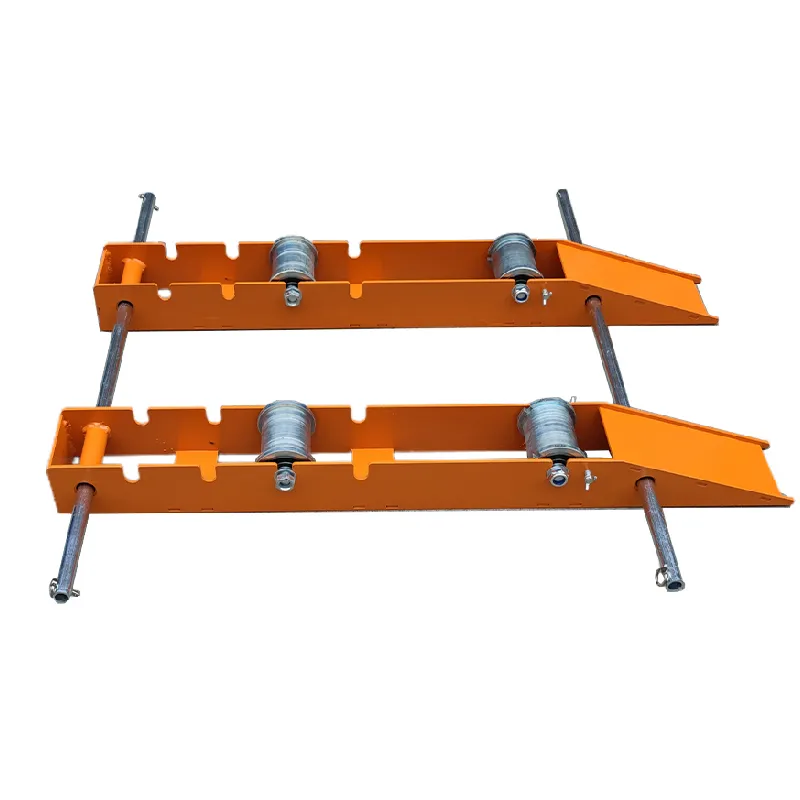
-
 Afrikaans
Afrikaans -
 Albanian
Albanian -
 Amharic
Amharic -
 Arabic
Arabic -
 Armenian
Armenian -
 Azerbaijani
Azerbaijani -
 Basque
Basque -
 Belarusian
Belarusian -
 Bengali
Bengali -
 Bosnian
Bosnian -
 Bulgarian
Bulgarian -
 Catalan
Catalan -
 Cebuano
Cebuano -
 Corsican
Corsican -
 Croatian
Croatian -
 Czech
Czech -
 Danish
Danish -
 Dutch
Dutch -
 English
English -
 Esperanto
Esperanto -
 Estonian
Estonian -
 Finnish
Finnish -
 French
French -
 Frisian
Frisian -
 Galician
Galician -
 Georgian
Georgian -
 German
German -
 Greek
Greek -
 Gujarati
Gujarati -
 Haitian Creole
Haitian Creole -
 hausa
hausa -
 hawaiian
hawaiian -
 Hebrew
Hebrew -
 Hindi
Hindi -
 Miao
Miao -
 Hungarian
Hungarian -
 Icelandic
Icelandic -
 igbo
igbo -
 Indonesian
Indonesian -
 irish
irish -
 Italian
Italian -
 Japanese
Japanese -
 Javanese
Javanese -
 Kannada
Kannada -
 kazakh
kazakh -
 Khmer
Khmer -
 Rwandese
Rwandese -
 Korean
Korean -
 Kurdish
Kurdish -
 Kyrgyz
Kyrgyz -
 Lao
Lao -
 Latin
Latin -
 Latvian
Latvian -
 Lithuanian
Lithuanian -
 Luxembourgish
Luxembourgish -
 Macedonian
Macedonian -
 Malgashi
Malgashi -
 Malay
Malay -
 Malayalam
Malayalam -
 Maltese
Maltese -
 Maori
Maori -
 Marathi
Marathi -
 Mongolian
Mongolian -
 Myanmar
Myanmar -
 Nepali
Nepali -
 Norwegian
Norwegian -
 Norwegian
Norwegian -
 Occitan
Occitan -
 Pashto
Pashto -
 Persian
Persian -
 Polish
Polish -
 Portuguese
Portuguese -
 Punjabi
Punjabi -
 Romanian
Romanian -
 Russian
Russian -
 Samoan
Samoan -
 Scottish Gaelic
Scottish Gaelic -
 Serbian
Serbian -
 Sesotho
Sesotho -
 Shona
Shona -
 Sindhi
Sindhi -
 Sinhala
Sinhala -
 Slovak
Slovak -
 Slovenian
Slovenian -
 Somali
Somali -
 Spanish
Spanish -
 Sundanese
Sundanese -
 Swahili
Swahili -
 Swedish
Swedish -
 Tagalog
Tagalog -
 Tajik
Tajik -
 Tamil
Tamil -
 Tatar
Tatar -
 Telugu
Telugu -
 Thai
Thai -
 Turkish
Turkish -
 Turkmen
Turkmen -
 Ukrainian
Ukrainian -
 Urdu
Urdu -
 Uighur
Uighur -
 Uzbek
Uzbek -
 Vietnamese
Vietnamese -
 Welsh
Welsh -
 Bantu
Bantu -
 Yiddish
Yiddish -
 Yoruba
Yoruba -
 Zulu
Zulu


Nov . 10, 2024 18:05 Back to list
Manual Lever Hoists for Efficient Lifting Solutions in Various Applications
Hand Operated Lever Hoist A Versatile Tool for Lifting
In many industrial and construction settings, the need for lifting heavy objects efficiently and safely is paramount. One of the most reliable tools designed for this purpose is the hand operated lever hoist. This device combines simplicity and effectiveness, making it a popular choice among professionals and DIY enthusiasts alike.
What is a Hand Operated Lever Hoist?
A hand operated lever hoist, also known as a chain hoist or lever chain hoist, is a mechanical device that uses a lever and a chain to lift heavy loads. The hoist consists of a strong metal frame, a lifting chain, and a lever arm that allows the operator to generate mechanical advantage. This means that a relatively small force exerted on the lever can lift much heavier weights, making it an indispensable tool in various lifting applications.
Key Features and Components
Hand operated lever hoists come in various sizes and weight capacities, typically ranging from 0.5 tons to several tons. The basic components include
1. Lever Arm The user pulls down on this arm to engage the lifting mechanism. 2. Chain A sturdy chain that wraps around a drum to lift the load. 3. Hook A safety hook at the end of the chain that secures the load. 4. Ratchet Mechanism This allows for smooth operation, enabling the user to lift and lower the load efficiently. 5. Safety Features Many models come equipped with overload protection to prevent overloading and ensure safety.
hand operated lever hoist

Advantages of Hand Operated Lever Hoists
One of the standout advantages of hand operated lever hoists is their portability. Unlike electric hoists, they do not require a power source, making them ideal for outdoor and remote projects where electricity may not be available. Their compact size allows them to be easily transported and stored, making them convenient for various work environments.
Another significant benefit is their versatility. Lever hoists can be used in a wide range of applications, from construction sites to warehouses, and even for lifting vehicles in garages. They are perfect for horizontal and vertical lifting, making them suitable for a variety of tasks, including pulling, positioning, and securing heavy objects.
Safety Considerations
While lever hoists are generally safe and reliable, it is crucial to follow proper safety guidelines during operation. Operators should always inspect the hoist before use to check for wear and tear, particularly on the chain and hook. It is advisable to adhere to the manufacturer's weight limits to prevent accidents. Furthermore, using the hoist on stable surfaces and having a clear workspace can significantly reduce the risk of mishaps.
Conclusion
In conclusion, a hand operated lever hoist is an essential tool for anyone involved in lifting heavy loads. Its combination of portability, simplicity, and versatility makes it a go-to choice in various industries. Whether you are lifting construction materials, performing maintenance tasks, or managing heavy equipment, this reliable tool can make the lifting process safer and more efficient. Understanding its components and adhering to safety best practices can help ensure that every lifting task is executed smoothly. For those who prioritize reliability and ease of use, a hand operated lever hoist is an investment that will pay off in both time and effort saved.
Latest news
What Are Construction Tools and How Are They Used?
NewsJul.11,2025
Professional-Grade Duct Rodding Tools for Superior Cable Installation
NewsJul.11,2025
Enhancing Safety and Efficiency with Modern Hot Stick Solutions
NewsJul.11,2025
Empowering Cable Installation with Advanced Rodder Solutions
NewsJul.11,2025
Elevate Your Cable Installation Projects with Cable Pulling Tools
NewsJul.11,2025
Efficient Cable Handling Solutions: Cable Rollers for Sale
NewsJul.11,2025











